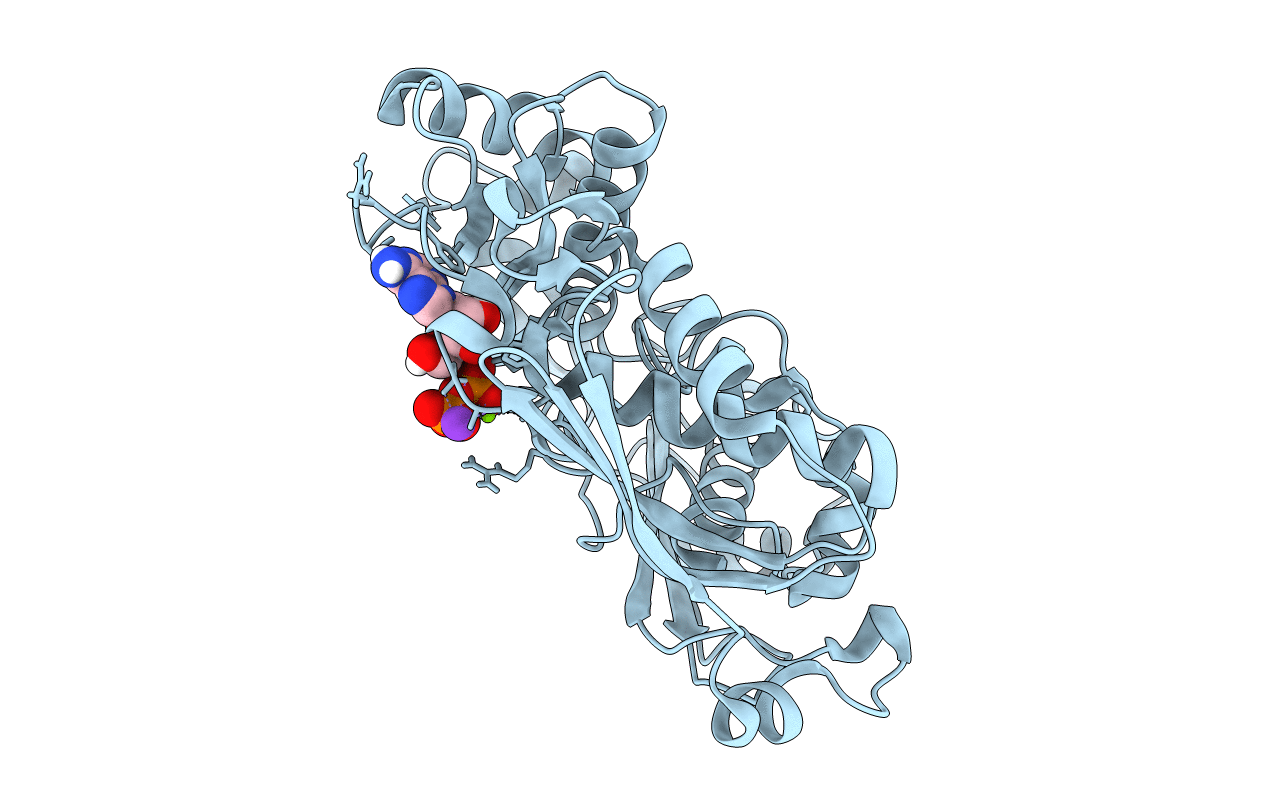
Deposition Date
2019-06-10
Release Date
2020-04-22
Last Version Date
2023-10-11
Method Details:
Experimental Method:
Resolution:
2.05 Å
R-Value Free:
0.20
R-Value Work:
0.17
R-Value Observed:
0.17
Space Group:
I 2 2 2


